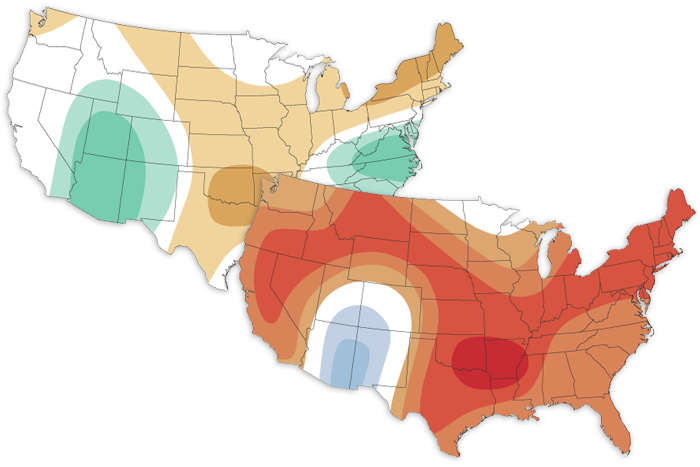Combustion-related emissions (from motor vehicles) have historically dominated urban-center pollution. But recent air-quality research shows that those emissions are falling while non-combustion-related emissions (from solvents, paints, and hygiene products) are rising. A new field campaign in the Greater New York City Metropolitan Area aims to gather real-time data.

The August 2022 climate outlook favors a hotter-than-average month for much of the contiguous United States outside of the Southwest where the monsoon is expected to bring wetter and cooler-than-average conditions
NOAA and partners have successfully tested a new methane analyzer that can improve scientists’ understanding of carbon cycling, greenhouse gasses, and sub-seafloor chemosynthetic reactions.
The Simple Planning Tool assists planners, emergency managers, and decision makers in assessing long-term climate risks. Previously available in Oklahoma and Arkansas, the tool is now available to Texas.
A 70-year historical perspective of atmospheric circulation indicates that weather patterns are enhancing wildfire hazard in California, while the frequency of weather patterns linked to floods is not diminishing.
A 70-year historical perspective of atmospheric circulation indicates that weather patterns are enhancing wildfire hazard in California, while the frequency of weather patterns linked to floods is not diminishing.
Some groups face disproportionate risk of heat-related illness and death. The National Integrated Heat Health Information System (NIHHIS) is hosting a webinar series focused on historically overlooked and overburdened populations.
A new study, based on 2007 Super Typhoon Yutu, finds that warming temperatures at Earth’s surface and within the storm itself affect storm intensification.